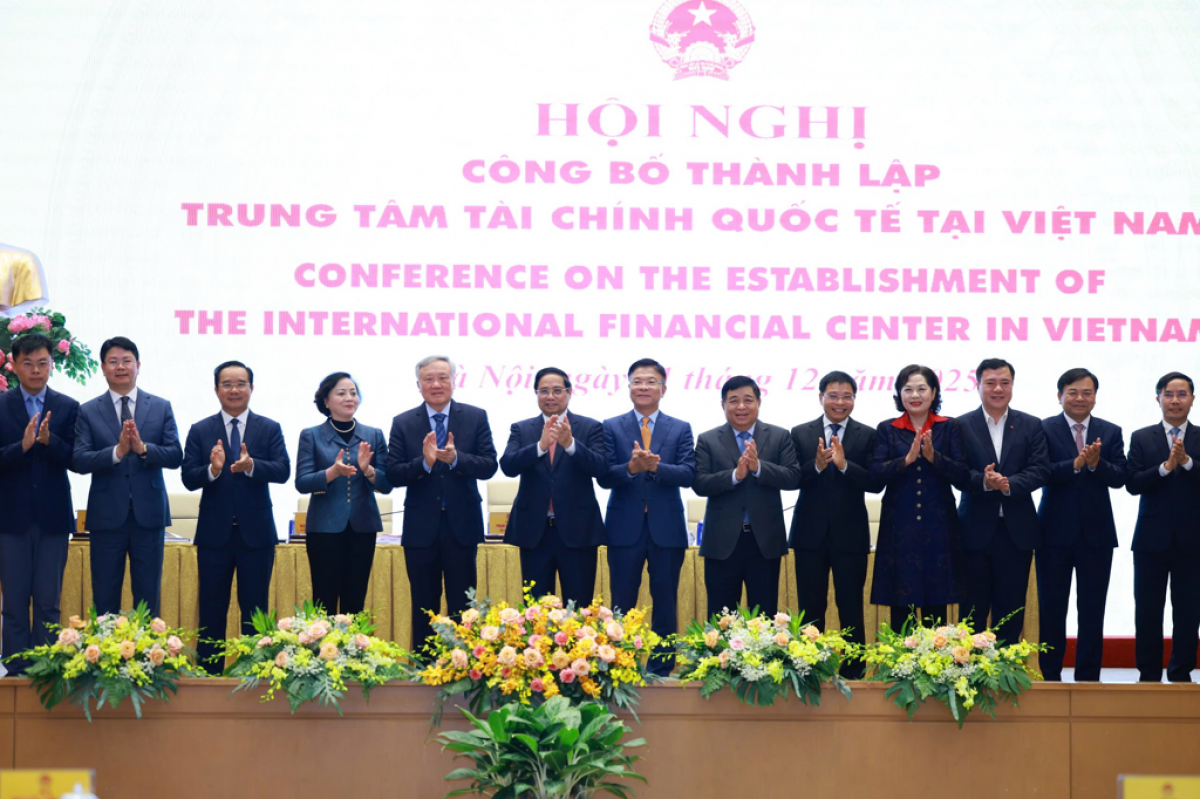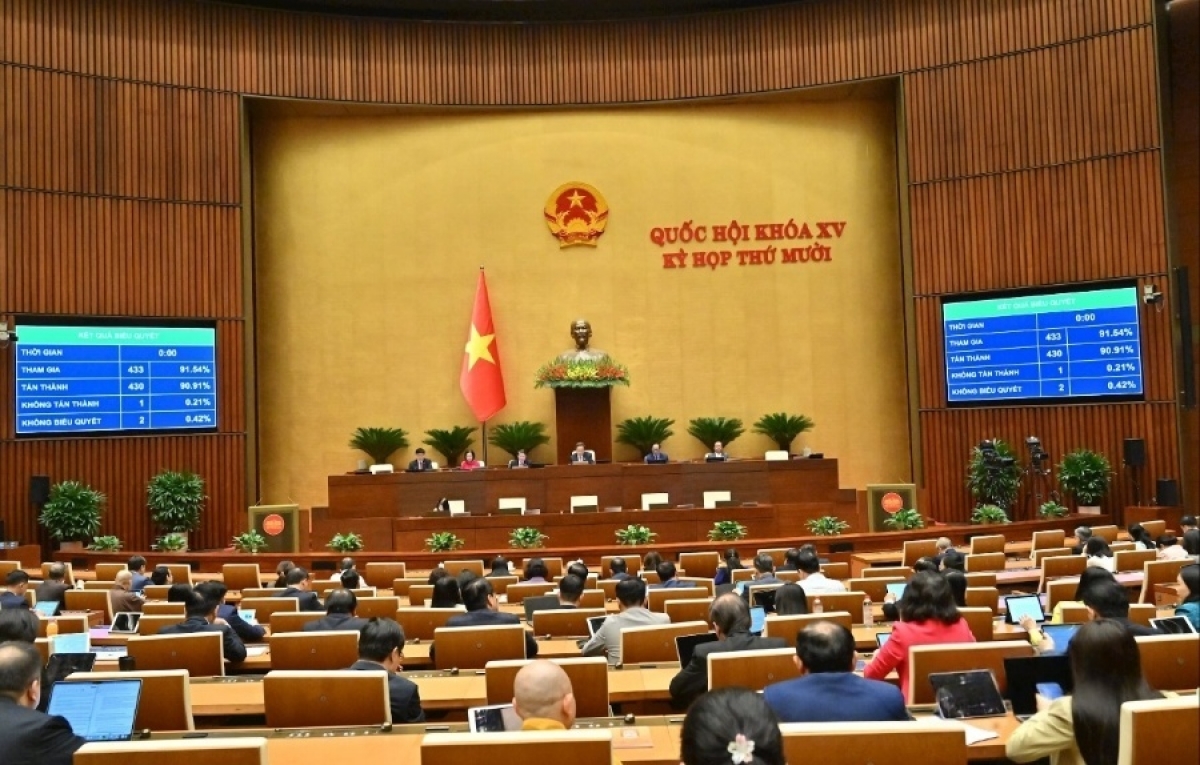INTERNATIONAL INVESTMENT
AND PORTAL
 Long Thanh International Airport is one of the projects struggling with site clearance
Long Thanh International Airport is one of the projects struggling with site clearance
Ho Chi Minh City People’s Committee has proposed a reduction of $257 million of public investment due to the low disbursement ratio. Last week, Phan Thi Thang, Vice Chairwoman of the People’s Committee, signed an urgent document sent to the Ministry of Finance to ask for the adjustment of 2021’s public investment plan, including official development assistance (ODA).
At the end of last year, Ho Chi Minh City was allocated a public investment plan of $388.5 million in ODA on-lending for four projects. However, the disbursement of these ventures in 2021 has been estimated at $131.5 million, only one-third.
Of the four projects, the metro No.1 line disbursed the majority at $120.8 million, while the others saw dire results – 1.6 per cent of the amount for the Tau Hu-Ben Nghe-Doi - Te canal basin project’s second phase, 5.6 per cent for Ho Chi Minh City’s green traffic development project, and 20.2 per cent for the city’s environmental sanitation project.
“The main reason for the low performance of ODA disbursement is the pandemic outbreaks over numerous months, hitting the transportation of construction equipment and materials, especially the projects located in areas with high infection rates,” explained Thang. At the same time, there have been price fluctuations, a local scarcity of construction materials, and a shortage of workers.
In addition to Ho Chi Minh City, the disbursement of other localities in the south and southeast of the country has also been poor. Dong Nai province is struggling with site clearance for Long Thanh International Airport, and a meeting on the subject of boosting project disbursement was held last week. Elsewhere, disbursement of public investment is only 33.8 per cent in An Giang province and 58.8 per cent in Quang Binh province.
According to the Ministry of Planning and Investment (MPI), as of end-November, the average public investment disbursement of the whole country is 64 per cent, while 19 ministries and two localities reported rates under 30 per cent.
“Every week, we are working with big project management units to check the status and accelerate the process,” Thang said.
In the direction of Deputy Prime Minister Le Van Thanh, public investment projects should be developed “day and night” to accelerate progress and promote the efficiency of public investment. “We should make all efforts to disburse as much as possible, but not loosen the rules or let violations occur,” he stressed.
In meetings of the Working Group No.6 led by MPI Minister Nguyen Chi Dung, numerous ministries, agencies, and localities asked to refund the 2021 capital plan or delay it to next year. However, the consistent response of the MPI leader is that transferring 2021’s allocation to 2022 must comply with the Law on Public Investment and Law on State Budget. That means that if the public investment is not fully disbursed, it will be cut off and removed from the total mid-term public investment capital.
“In case of force majeure, the government must report to the National Assembly for consideration and making decisions,” said Minister Dung.
The government previously proposed to extend capital to the following year for some projects. However, the number of initiatives that have been approved by the National Assembly Standing Committee is low. The government also proposed to reduce the planned capital for ODA, but this has yet to be approved.
Many localities have said that applying for central reserve capital for public investment projects has been an urgent matter. But due to delayed site clearance, disbursement could not be done. In this case, their capital plan will be cut off, hitting project implementation resources and the medium-term public investment capital of the locality. This also affect their socioeconomic development plans. According to an MPI representative, in addition to making the decision of public investment capital in 2022, the National Assembly also has very clear bindings on the rate of disbursement of public investment next year. Therefore, the urge to disburse public investment capital will be much more drastic next year.
Last month, the government set up six working groups to inspect the disbursement of public investment capital at ministries, agencies, and localities in which the rate was at less than 60 per cent of the assigned plan, led by deputy PMs as well as ministers of the relevant ministries.



















